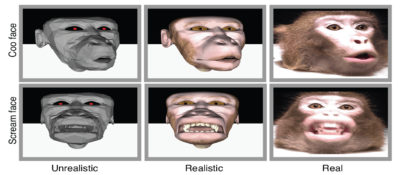ON CHEESECAKE, SEX, AND BYPRODUCTS
The origins of human pictorial behavior are obscure, but a few hypotheses exist to explain our seemingly unique impulse toward representation and aesthetic behavior. A convenient outline of the evidence for a biological basis for art,2 as well as its proposed explanations, has been assembled by David P. Barash.3 Quoting Brian Boyd,4 Barash defends an […]
Read More
